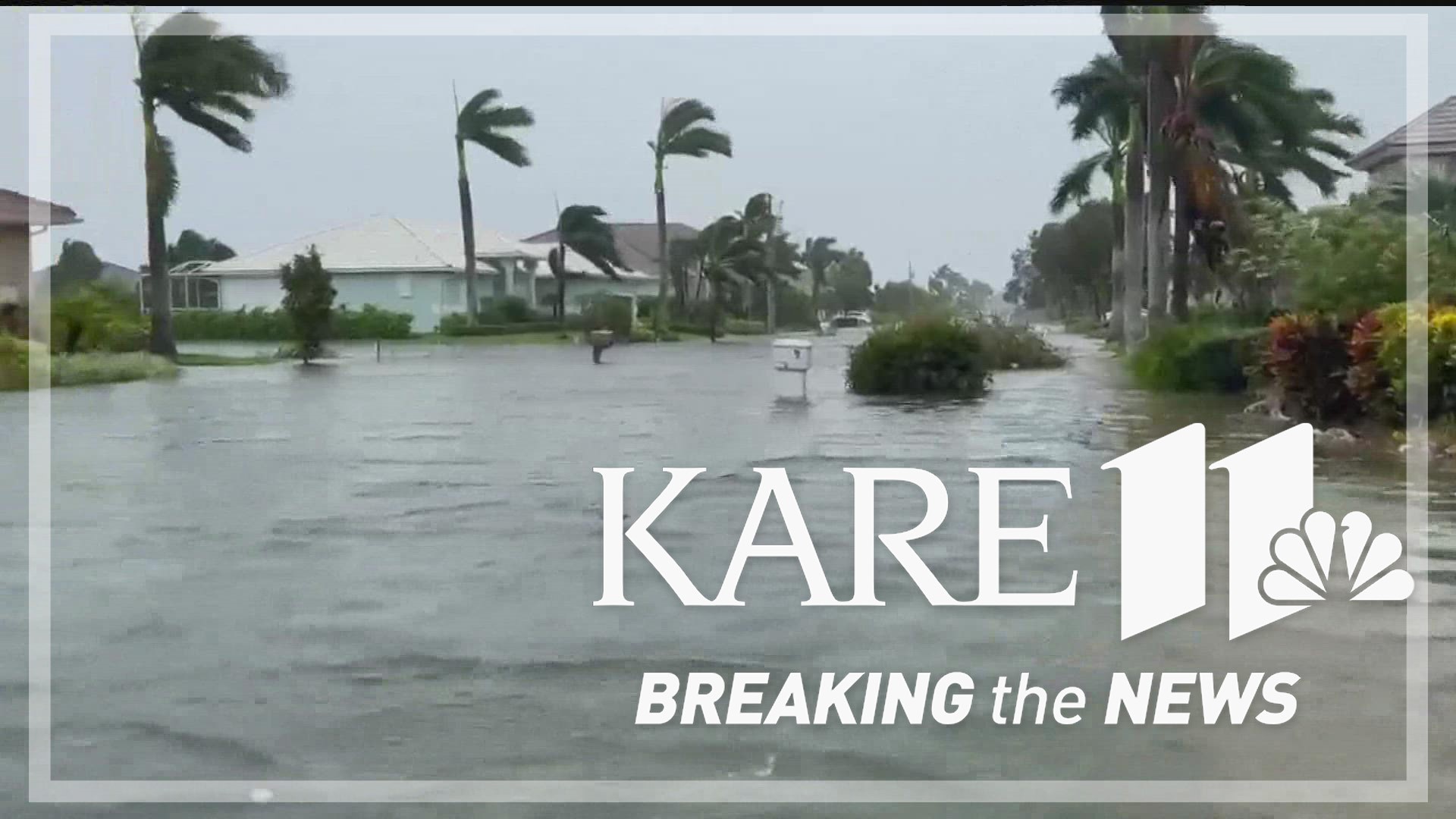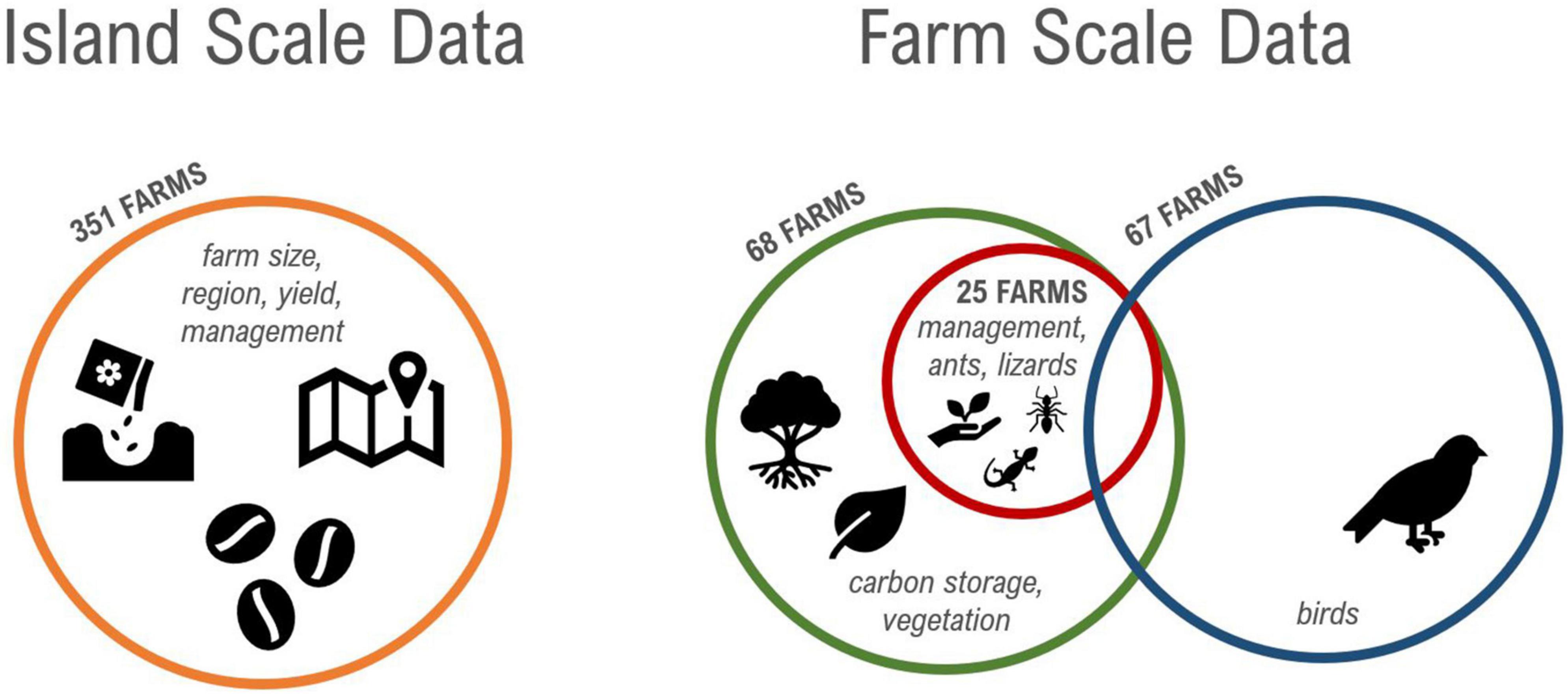Report on Increased Flood Risk Due to Climate Change: A Case Study of Toledo, Ohio
Introduction: Climate Change and the Imperative for Sustainable Development
Recent catastrophic weather events, such as the flooding in central Texas which resulted in over 120 fatalities, underscore the urgent need to address climate-related disasters. These events highlight the critical importance of the United Nations Sustainable Development Goals (SDGs), particularly SDG 13 (Climate Action) and SDG 11 (Sustainable Cities and Communities). This report analyzes the meteorological trends contributing to increased flooding, with a specific focus on Toledo, Ohio, contextualized by national patterns and the severe impacts observed in Texas. The findings demonstrate a clear and present threat to community resilience, public health (SDG 3: Good Health and Well-being), and infrastructure, necessitating immediate and robust adaptation strategies.
The Scientific Link Between Climate Change and Increased Flooding
Atmospheric Moisture and Rainfall Intensity
The primary driver of intensified rainfall is global warming, a direct challenge to SDG 13 (Climate Action). The fundamental scientific principle is that a warmer atmosphere can hold more moisture. For every 1°C increase in global temperature, the atmosphere’s capacity to hold water vapor increases by approximately 7%. This supercharged atmosphere acts as a larger reservoir for moisture, leading to heavier and more intense precipitation events when conditions are right for rain or snow. This phenomenon directly increases the risk of both riverine and urban flooding in communities like Toledo.
The Dual Threat of Drought and Flooding
Climate change creates complex and sometimes counterintuitive environmental challenges that impact SDG 15 (Life on Land). While increasing rainfall intensity, it also contributes to more frequent and severe droughts. These two extremes are linked:
- Soil Degradation: Prolonged dry periods cause soil to become hard, compacted, and less permeable.
- Reduced Absorption: When intense rainfall occurs over this hardened ground, the water cannot be absorbed effectively, leading to rapid runoff and a heightened risk of flash floods.
- Early Snowmelt: Warmer temperatures also cause snowpack to melt earlier and more rapidly, overwhelming river systems before the ground has thawed sufficiently to absorb the water. This disrupts the natural water cycle, a key concern for SDG 6 (Clean Water and Sanitation).
Analysis of Rainfall Trends and Flood Risk
Local Data: Toledo, Ohio
While historically resilient, Toledo is now exhibiting clear signs of increased flood vulnerability, a critical concern for achieving SDG 11 (Sustainable Cities and Communities). Data analysis reveals a significant shift in local weather patterns:
- Increased Rainfall Intensity: From 1970 to 2024, Toledo’s average hourly rainfall intensity has increased by 28%.
- Regional Trends: This increase is part of a broader pattern affecting the Midwest, which has seen a 45% surge in the heaviest downpours since 1958. This is surpassed only by New England, which has experienced a 60% increase.
- National Context: Other U.S. cities show similar or more dramatic increases, including San Angelo, Texas (+29%), Wichita, Kansas (+38%), and Reno, Nevada (+37%).
Comparative Analysis: The Texas Flooding Crisis
The situation in Texas provides a stark illustration of the potential economic and human costs when climate risks are not adequately managed. The state’s vulnerability underscores the interconnectedness of SDG 13 (Climate Action) and SDG 3 (Good Health and Well-being).
- Current Economic Impact: Texas already incurs an estimated $1.5 billion in annual flood-related losses.
- Future Projections: By 2050, these costs are projected to increase by a staggering 47%, driven by the “boom-and-bust” cycle of extreme drought followed by torrential rainfall from the Gulf of Mexico.
- Regional Contrast: In comparison, Ohio’s annual flood loss of approximately $1 billion is projected to rise by 4% by 2050, while Michigan’s $476 million loss is expected to rise by 3%. While the risk in the Toledo region is growing, it is currently less extreme than in coastal states like Texas.
Conclusion: Urgent Need for Climate Resilience and Sustainable Development
The data confirms that Toledo faces a growing flood risk driven by climate change. The increasing intensity of rainfall, coupled with environmental factors like soil degradation, poses a significant threat to lives, property, and the city’s long-term sustainability. The events in Texas serve as a critical warning of the consequences of inaction.
To mitigate these risks and advance the Sustainable Development Goals, a proactive and integrated approach is essential. Key actions must include:
- Investing in Resilient Infrastructure: Upgrading stormwater management systems and building flood defenses to protect communities, in line with SDG 9 (Industry, Innovation and Infrastructure) and SDG 11.
- Implementing Climate Adaptation Strategies: Developing policies that account for future climate projections, including land-use planning that restores natural floodplains and green infrastructure, to support SDG 13 and SDG 15.
- Enhancing Public Safety and Health Systems: Strengthening early warning systems and emergency response plans to protect human life and well-being, directly addressing SDG 3.
Failure to address these escalating climate-driven threats will result in rising financial burdens and jeopardize the safety and sustainability of communities in Toledo and across the nation.
Analysis of Sustainable Development Goals in the Article
1. Which SDGs are addressed or connected to the issues highlighted in the article?
-
SDG 11: Sustainable Cities and Communities
The article directly addresses the impact of climate change on urban areas. It highlights the vulnerability of cities like Toledo, Ohio, and communities in central Texas to “increasingly frequent and intense flooding.” The text discusses “urban flooding,” the threat to “lives and property” within these communities, and the urgent need for “more resilient infrastructure,” all of which are central themes of SDG 11.
-
SDG 13: Climate Action
This is the primary SDG discussed throughout the article. The text explicitly links the “catastrophic flooding” to “broader climate-related trends.” It explains the scientific connection between global warming, warmer air holding more moisture, and heavier rainfall. The article concludes by emphasizing the “need for proactive climate adaptation strategies” to combat the effects of a warming climate, which aligns directly with the core mission of SDG 13.
2. What specific targets under those SDGs can be identified based on the article’s content?
-
Target 11.5: Reduce the number of deaths and economic losses from disasters
This target aims to “significantly reduce the number of deaths and… substantially decrease the direct economic losses… caused by disasters, including water-related disasters.” The article provides specific data points that align with this target, such as the flooding in Texas “that claimed over 120 lives” and the “annual flood loss of about $1.5 billion” in the state. It also quantifies economic losses for Ohio and Michigan and projects future increases, highlighting the financial and human cost of these disasters.
-
Target 13.1: Strengthen resilience and adaptive capacity to climate-related hazards
This target focuses on strengthening the ability to cope with climate-related hazards and natural disasters. The article’s entire narrative builds a case for this target. It describes the increasing frequency and intensity of rainfall and flooding as direct “impacts of climate change.” The conclusion explicitly calls for action that embodies this target: “the need for improved flood management, more resilient infrastructure, and proactive climate adaptation strategies has never been more urgent.”
3. Are there any indicators mentioned or implied in the article that can be used to measure progress towards the identified targets?
-
Number of deaths caused by water-related disasters
The article provides a direct metric for this indicator by stating that the “recent catastrophic flooding in central Texas… claimed over 120 lives.” This figure serves as a measure of the human impact of the disaster, which Target 11.5 aims to reduce.
-
Direct economic loss from disasters
The article offers several data points that can be used as indicators of economic loss. It mentions that Texas faces an “annual flood loss of about $1.5 billion,” Ohio experiences “around $1 billion in annual flood loss,” and in Michigan, “flood-related costs are currently at $476 million.” It also provides projections for future increases, such as a “47% increase in flood-related costs by 2050” for Texas.
-
Increased intensity and frequency of climate-related hazards
While not a formal SDG indicator, the data on rainfall intensity serves as a crucial measure of the increasing climate-related hazards mentioned in Target 13.1. The article indicates that “Toledo’s average hourly rainfall intensity has increased by 28%” since 1970, and that “rainfall rates in the Midwest have surged by 45%” since 1958. These statistics quantify the growing threat that requires enhanced resilience and adaptation.
4. Summary Table of SDGs, Targets, and Indicators
| SDGs | Targets | Indicators Identified in the Article |
|---|---|---|
| SDG 11: Sustainable Cities and Communities | Target 11.5: By 2030, significantly reduce the number of deaths and the number of people affected and substantially decrease the direct economic losses… caused by disasters, including water-related disasters. |
|
| SDG 13: Climate Action | Target 13.1: Strengthen resilience and adaptive capacity to climate-related hazards and natural disasters in all countries. |
|
Source: wtol.com






